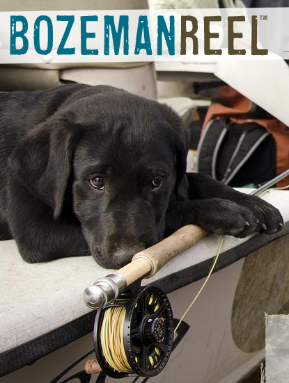Well with Spring around the corner, and the snow pack melting, dry fly season is coming !
I personally, never grew up fishing a lot of dry flies, unless there was a noticeable hatch. I never really even tied them, saw them as too complicated, bothersome, and stressful due to the hackle and trying to at least attempt to tie posts for a Parachute Adams or wings for the Royal Wulff. However, with time I started to dabble and learn from fly tiers that are much more capable of tying them than I was. So I sat back watched and learned.
As I became more in-tuned to bug life and constantly looking up others patterns and talking to guys at a local fly shop, I said I can do this ! Off I went, spinning up dry flies left and right, some better than others which is a given to any new fly tier. Next was more dry flies, and more, and more, before I knew it I had tons of them. As with any body who fly fishes, knows that the flies you tie usually are gone before you know it.
As I have gotten better at tying, my flies improved as did my fish catching ability. What makes a dry fly, emerger, or midge really pop or stand out to a fish you might be asking your self? I always just thought it was the replication of what is hatching. However, it was during a caddis hatch at a very well known Pennsylvania stream where I REALLY started to figure it out. I had regular elk hair caddis dries and some others that were roughly tied. Bugs were coming off left and right, fish rising left and right. Cast after cast, fly size change after fly size change, still nothing but rejections.
"Back to the drawing board!" I said while receiving a complete and utter beat down by some very, very smart fish. While walking back to the car a guy stopped me and asked me how I did, I said,"well they seemed interested but not enough to get em to bite!" after that the guy said one word to me,"different." I'm sure your saying to your self different that's it ? Well what does that mean ?
So I went home and tied "different." I was tying like a mad man, so many different complex
The best thing about this fly is how simple it is, but there is an underlying factor of what I believe is the real successor for the fly. PROFILE.
You can see below of what I'm talking about, looking upward (3rd photo) you can see the wings and the shuck, with a slim body and semi fat head you can see why I believe the fly's major, fish catching characteristic is its profile.
This caddis cripple as I call it has been more than a huge producer for me, it's a staple in all of my boxes anywhere I go, because chances are there are caddis on the stream bed and if they start hatching and fish start rising this is the only fly I will use. Slap some gink on the hair and watch it float like a cork, great for skating and great for fishing in the film. There is no wrong way to fish this pattern, hell even strip it back subsurface and just hold on !
This pattern can also be tied in a variety of body colors for any type of bug. Hendricksons, caddis, sulphurs, isonychias, and the list can go on!
I really hope you add this pattern to your boxes, you will not be disappointed !
Mooser
Recipe:
Hook: sz 14-20 3x Long
Tail: Antron yarn, play with different colored Antron yarn, any color you think would work, well, will in fact work
Body: Any superfine dubbing in any color for the specific bug you are tying
Wing: CDC under some superfine deer hair, yearling elk hair would be another great substitute as well
Head: same colored dubbing as the body, doesn't hurt to change the color of the head as well.

























